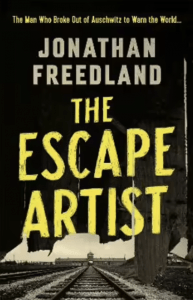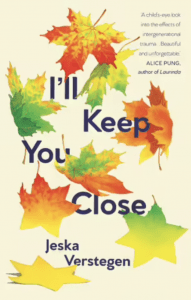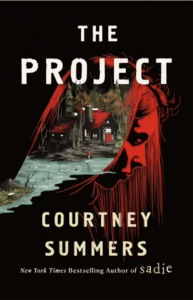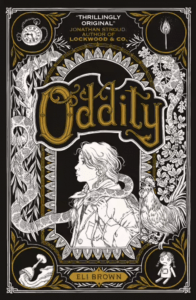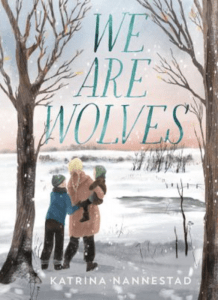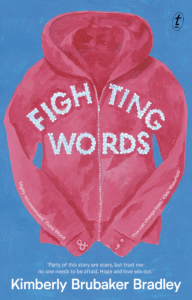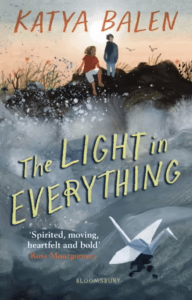
by Katya Balen
Reviewed by Mr Llewellyn-Evans
“These are my friends, and this is my school and it’s my house and my dad and my dog and my life”
So says Zofia when she finds her life turned upside when her father announces he has found a partner and both she and her son Tom will be moving in with them.
This is a story about two children adjusting to a momentous change in their lives. Tom and his mother have escaped an abusive husband and father. Tom because of this is filled with neuroses including a fear of the dark. He is a lonely boy, with no friends, the outsider at school, the only stability in his life is his relationship with his mother.
Zofia is the opposite. Popular, boisterous, a leader among her peers and driven to achieve her dream of swimming to Fiji (a rocky outcrop close to where they live). She has been brought up by her father and like Tom has developed a special relationship.
This is a book about discovery. While seemingly so dissimilar they do share one characteristic – fear.
This is a beautifully written book. The language brings both Tom and Zofia alive and allows the reader to get into the skins of the protagonists. The short chapters allow the narrative to progress without being forced.
The ending is certainly special and moving – it was a delight to read.
This book would appeal from upper primary to geriatric.
4.5 stars out of 5

